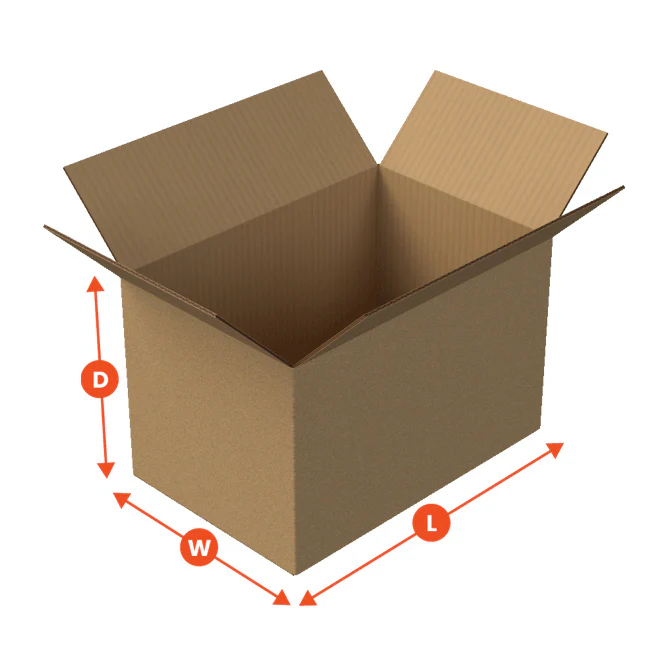
When it comes to packaging your products, presentation is key. That’s where the appeal of custom boxes for your business really shines through. But have you ever stopped to consider what these versatile containers are actually made of? The answer isn’t always straightforward. The material used for constructing bespoke boxes can vary widely depending on the intended use, desired aesthetic, and budget.
Let’s dive into the world of materials used in creating packaging solutions. From sturdy cardboard to eco-friendly options, understanding the composition of these boxes can help you make informed decisions for your business.
Cardboard: The Reliable Workhorse
Cardboard is perhaps the most common material you’ll find in the world of packaging. More specifically, we’re talking about corrugated cardboard, which is known for its strength and durability. It’s made up of three layers of paper: an inside liner, an outside liner, and a corrugated medium (the fluted layer) in between. This construction provides excellent cushioning and protection, making it ideal for shipping all sorts of goods. You can find cardboard boxes online at affordable prices.
The thickness and fluting of the corrugated medium can be adjusted to create different levels of strength. Single-wall cardboard is suitable for lighter items, while double-wall or even triple-wall cardboard is used for heavier or more fragile products. It’s a versatile and cost-effective option for a wide range of applications.
Paperboard: Lightweight and Versatile
Paperboard, also known as cardboard, is thinner and more lightweight than corrugated cardboard. It’s often used for packaging items like cereal boxes, cosmetics, and pharmaceuticals. While not as strong as corrugated cardboard, paperboard can be easily cut, folded, and printed on, making it a great choice for creating eye-catching retail packaging. The possibilities for custom printed boxes to promote your brand are truly endless with paperboard.
Kraft Paper: Natural and Sustainable
Kraft paper is a strong, unbleached paper made from wood pulp. It’s known for its natural brown colour and rustic appeal. Kraft paper is often used for making shopping bags, wrapping paper, and even some types of packaging boxes. It’s a sustainable option because it’s made from renewable resources and can be recycled. The natural look of kraft paper is increasingly popular for brands that want to convey an eco-friendly image.
Specialty Papers: Adding a Touch of Luxury
For high-end products, specialty papers can add a touch of luxury and sophistication. These papers come in a wide range of colours, textures, and finishes, from smooth and glossy to textured and matte. They can be used to create premium packaging for items like jewellery, perfumes, and gourmet foods. Using specialty papers for your packaging is a fantastic way to elevate your brand and create a memorable unboxing experience.
The Importance of Choosing the Right Material
Selecting the appropriate material for your creation of custom boxes is crucial for several reasons. First and foremost, it ensures that your products are adequately protected during shipping and handling. A flimsy box can lead to damaged goods, resulting in unhappy customers and costly returns. Secondly, the material you choose can impact the overall perception of your brand. High-quality, well-designed packaging can create a positive impression and enhance the perceived value of your products.
Finally, consider the environmental impact of your packaging choices. Opting for sustainable materials like recycled cardboard or kraft paper can help reduce your carbon footprint and appeal to environmentally conscious consumers. So, next time you’re thinking about packaging, remember that the material matters!
Beyond the Basics: Other Considerations
While cardboard, paperboard, and kraft paper are the most common materials, there are other factors to consider when choosing the right box for your needs. For example, if you’re shipping perishable goods, you may need a box with special coatings or liners to protect against moisture and temperature changes. If you’re shipping fragile items, you may need to use cushioning materials like bubble wrap or foam inserts to prevent damage.
Furthermore, think about the size and shape of your products. Are they bulky or compact? Do they require a custom-fitted box to prevent shifting during transit? Taking these factors into account will help you choose the right type of box and ensure that your products arrive safely and in perfect condition. Ultimately, the right material for personalised boxes depends on your specific needs and priorities. By considering all the factors, you can make an informed decision that protects your products, enhances your brand, and minimises your environmental impact.